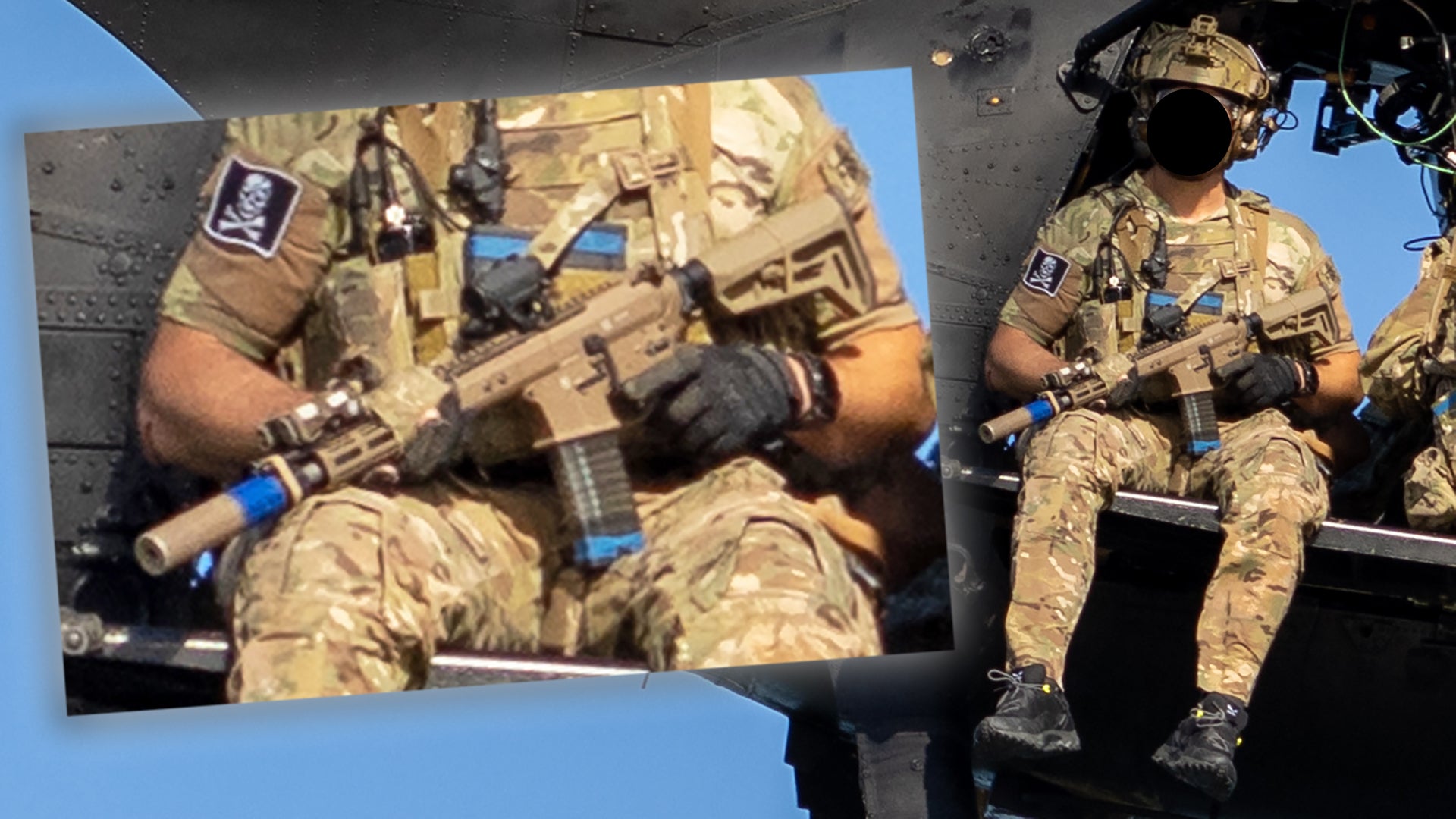Yesterday we published some incredible shots of Navy SEALs and SWCCs operating with the Army’s Night Stalkers off the coast near Dam Neck, Virginia. You can see those images here. It didn’t take long for our mailbox to fill up with inquires as to what rifles the SEALs, who are reportedly from SEAL Team Six, a unit that has an unparalleled small arms armory, were carrying on their training mission aboard the highly modified MH-6 Little Birds and MH-60 Black Hawks. So, we did some research, and here is what we found out—they are indeed unique, at least when it comes to the U.S. military and AR-15/M4/M16 pattern rifles.
From what we can tell via the imagery taken by aviation photographer Raven Harris, the rifle uppers are from the highly respected AR-15 manufacturer Noveske located in Grants Pass, Oregon. Noveske has a reputation that borders on mythic in the firearms community and it isn’t a surprise that SEAL Team Six’s notoriously capable armorers would reach out to them to satisfy some of the team’s needs. Between 2007 and 2020, the US Navy awarded multiple contracts to Noveske worth a combined total of nearly $4.9 million, according to records available through the Federal Procurement Database System. These deals came through various different offices within the service, including the Naval Surface Warfare Center Crane Division in Indiana, which has crafted various specialized small arms for Naval Special Warfare Command over the years.
Cropped images showing the rifles in question during the recent exercise off the Virginia coast:
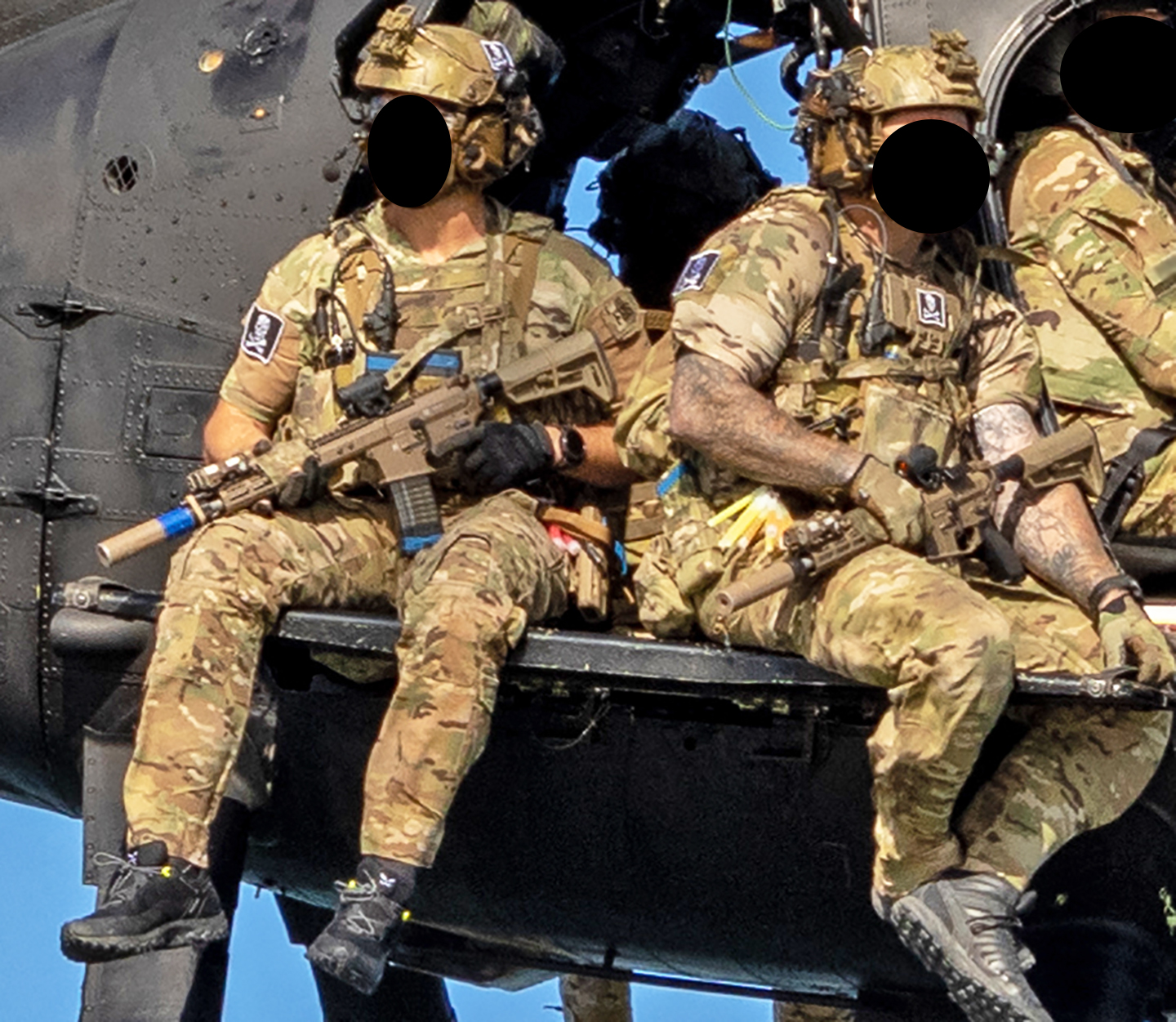
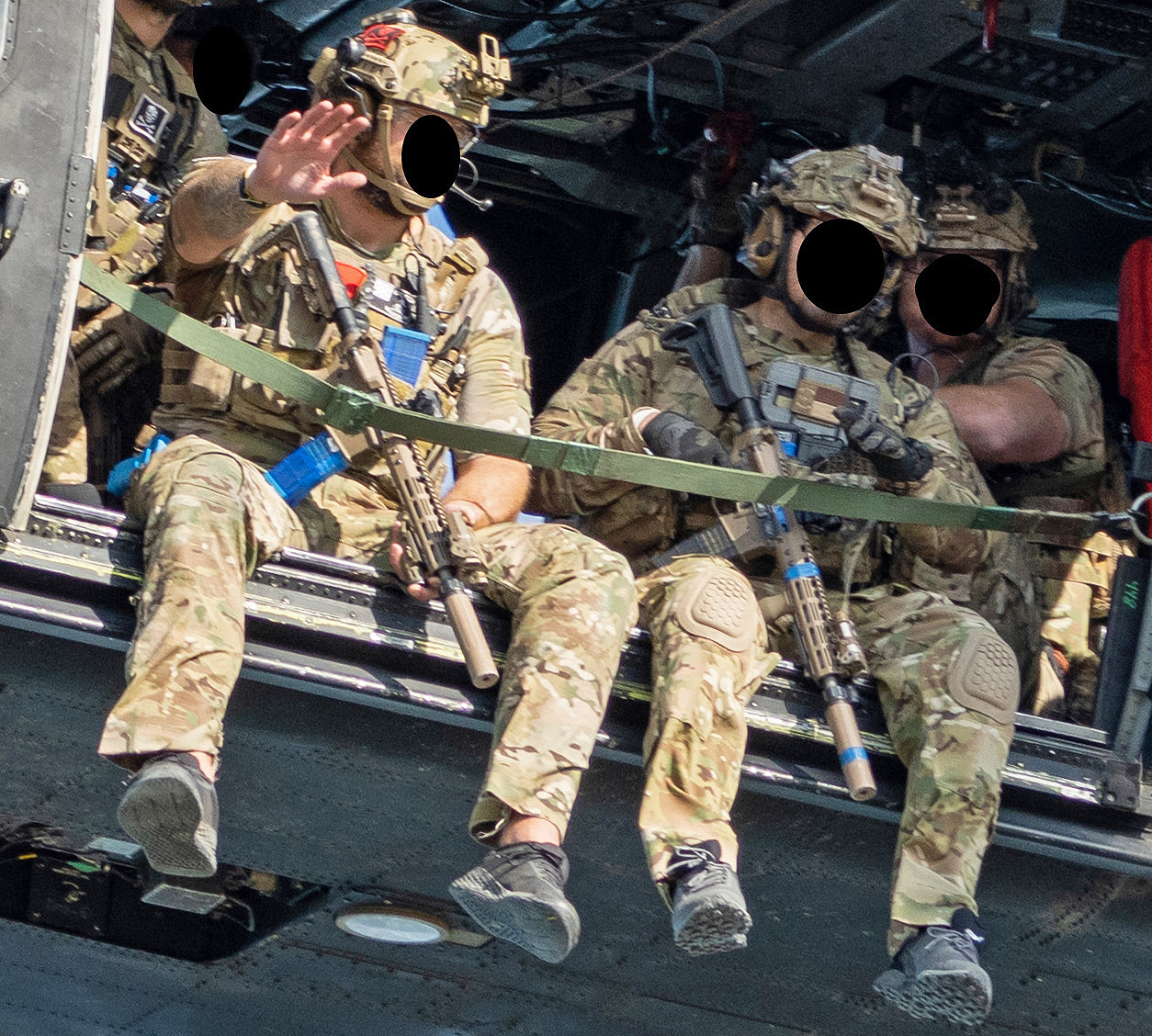
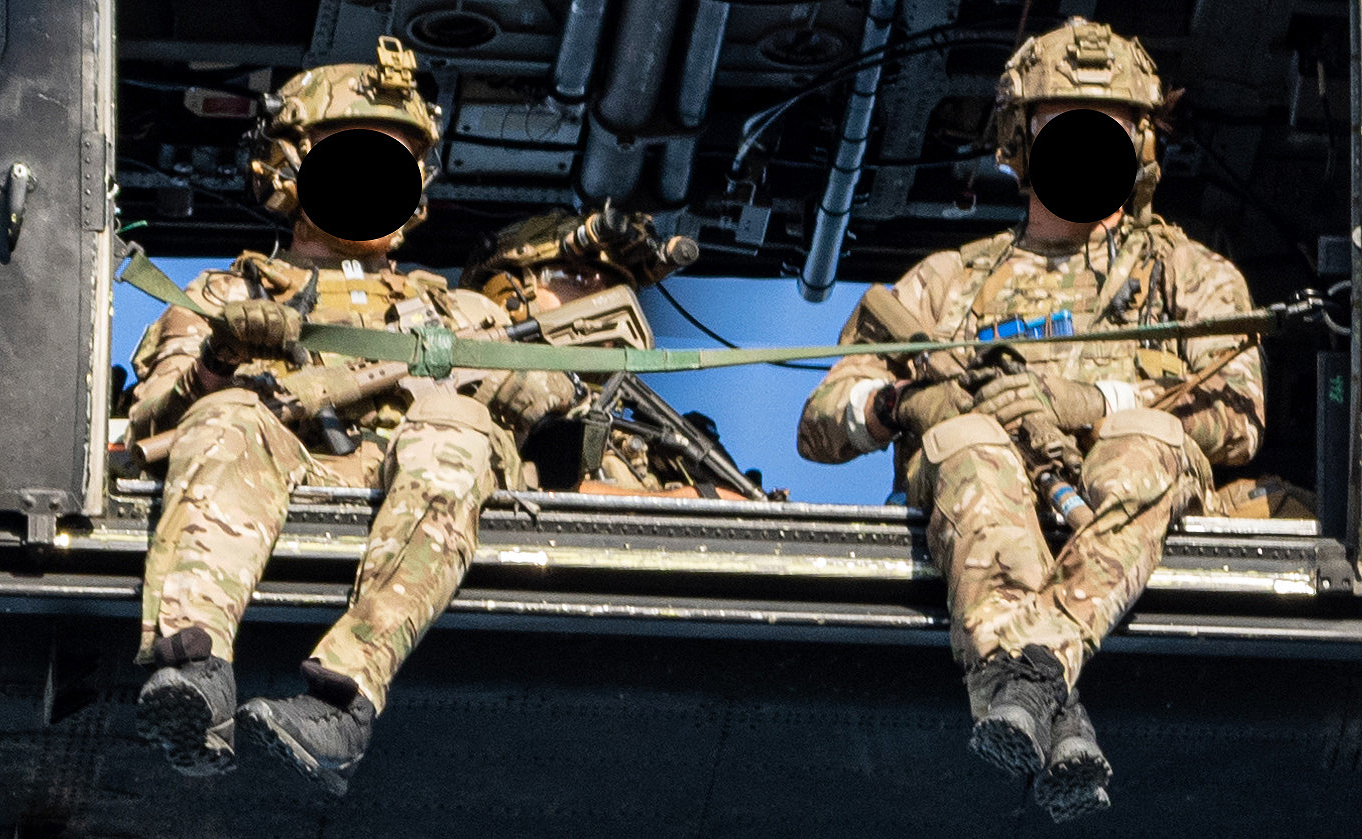
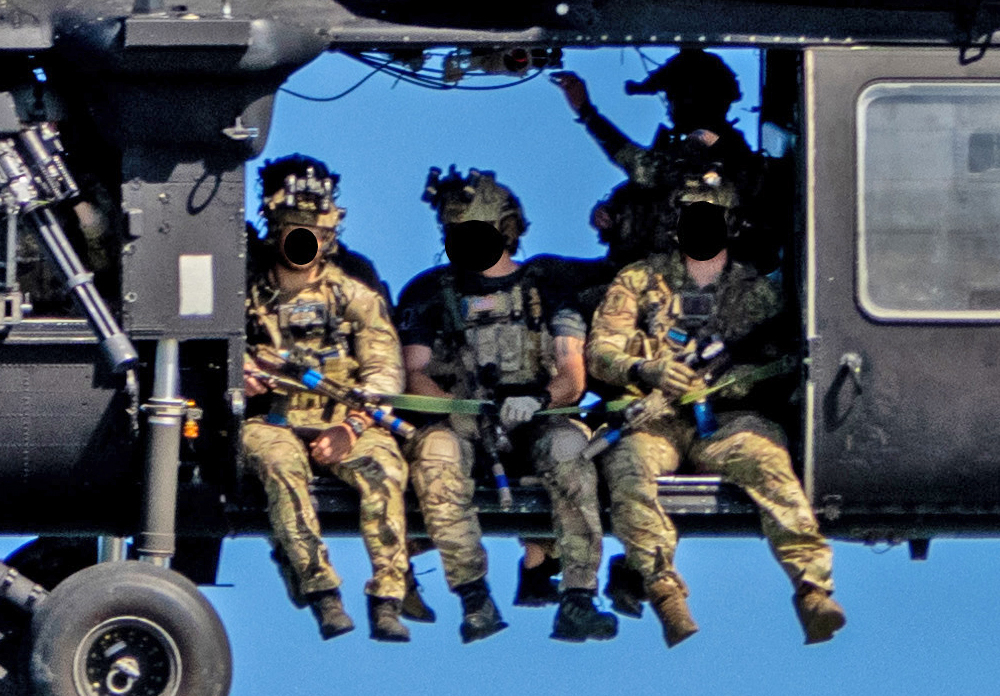
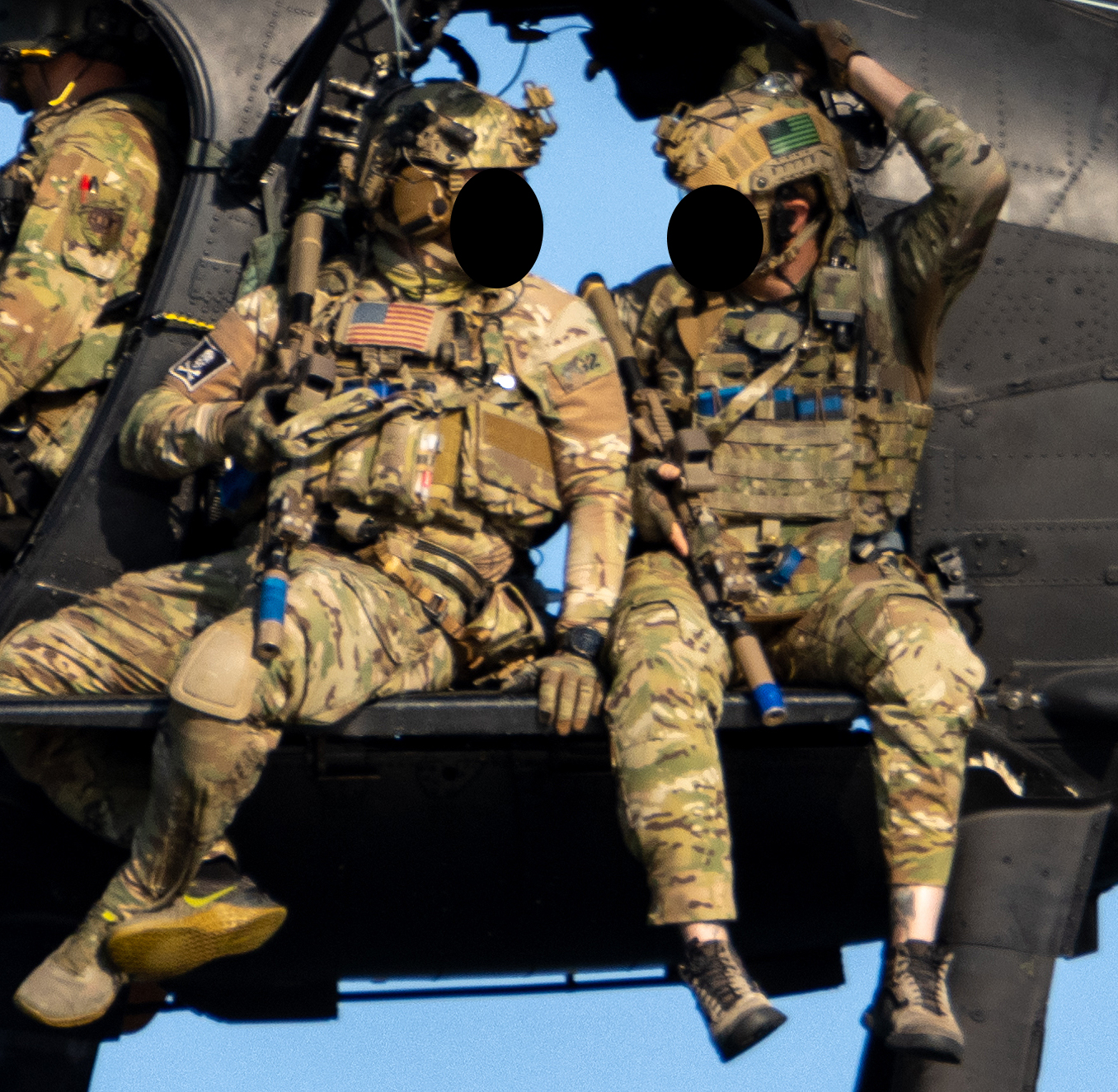
The rifle’s full upper assembly, which includes the barrel, gas block and tube, handguard/rail system, upper receiver, charging handle, forward assist, dust cover, and bolt carrier group, appears to be near-identical to Noveske’s 10.5″ Gen III Shorty Upper, which you can check out on their website here. The specs are high-end and include a machined billet upper receiver and one of Noveske’s highly regarded stainless steel barrels, which have a reputation for extreme accuracy.
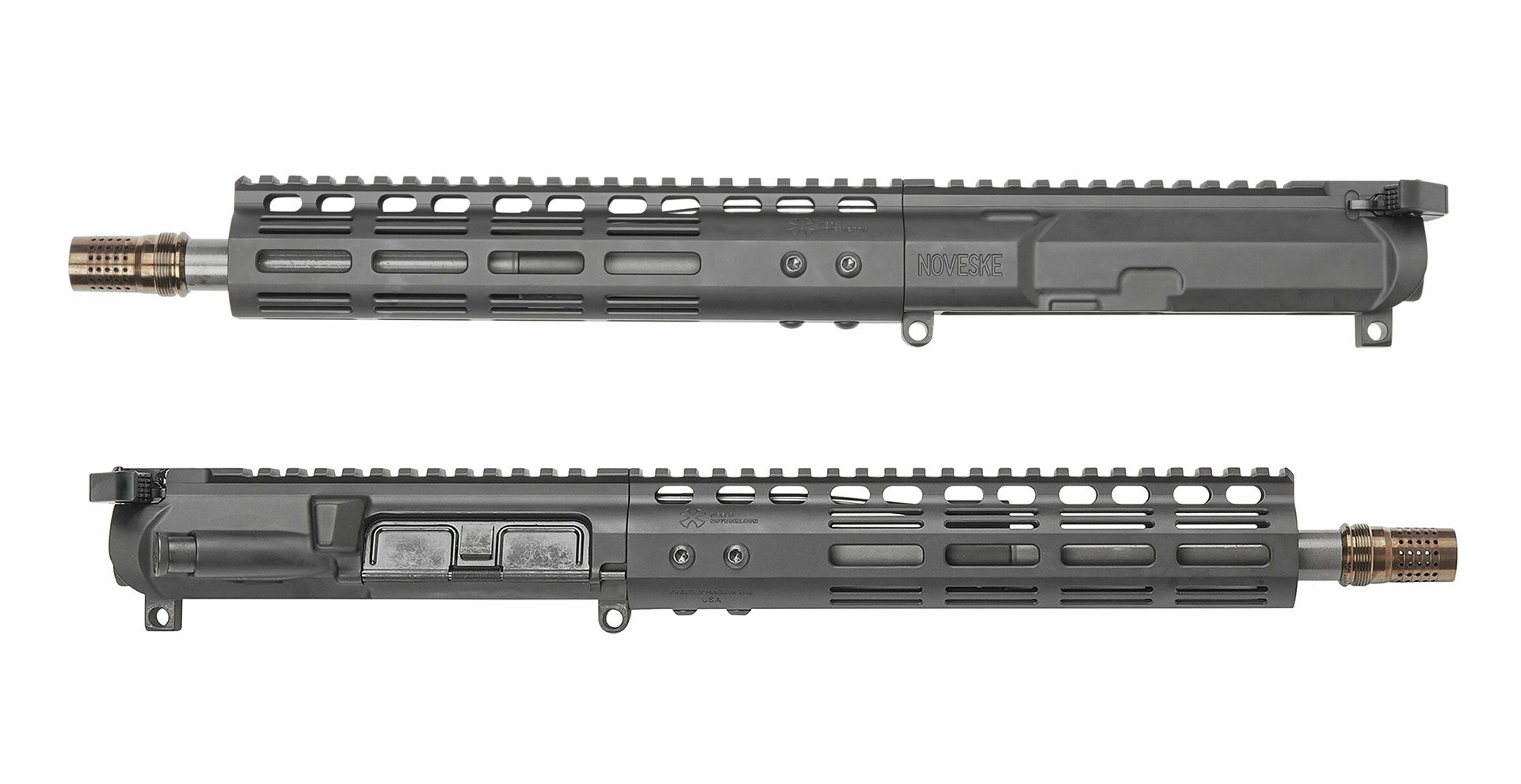
Check out the full details below:
Length– 10.5” Stainless Steel or Cold Hammer Forged 5.56 with 1/7 Twist or Stainless Steel 300BLK with 1/7 twist
Gas Block– Lo-Pro, .750, pinned to barrel
Barrel Extension w/extended feed ramps
Upper Receiver
Model– Gen III precision machined billet receiver from 7075-T6 w/extended feed ramps
featuring anti-rotation interface with handguard
Finish– Hardcoat type III anodizing, with Cerakote ceramic coating (Black)
for ultimate finish and performance
Charging Handle– Noveske Marked Geissele Super Badass Charging Handle
Shot peened & MP tested bolt
Auto carrier w/staked carrier key
Handguard (options)
NSR-9” (M-LOK) Free floating handguard w/1913 top rail
both with Hardcoat type III anodizing and Cerakote ceramic coating (Black)
The 10.5″ barrel length is common for the SEALs, and especially SEAL Team Six, which operates in a counter-terror role with missions occurring in urban terrain, aboard vessels, and even in underground structures. Requirements from the Naval Special Warfare community are what produced the Mk 18, also known as the Close Quarters Battle Receiver (CQBR), with its 10.3″ barrel. Other U.S. special operations forces units, as well as other elements within the Navy and the Coast Guard, subsequently adopted those guns, as well.
The HK 416s that SEAL Team Six used on the Bin Laden Raid, which made the guns famous, used 10.4″ barrels. Unlike those weapons, which use a piston arrangement to cycle the action, the Noveske setup uses direct impingement (DI) system, just like Eugene Stoner’s original design and the M16, CAR-15, and M4 that came after it. You can read more about the debate of piston vs DI for AR-15 style rifles here.
Where things diverge a bit is the lower receiver. It appears that these weapons do not feature Noveske’s billet design, but instead feature a more traditional forged receiver. They could still be from Noveske, but they do not make up the common matching billet upper-lower receiver sets we see on the commercial market. Regardless, there is no reason why a billet upper and forged lower cannot be combined. It’s also possible that the SEAL armorers attached the Noveske upper to their own custom-tuned, fully built-out lowers, which would include a custom trigger and fire control group.
Regardless, the lower receivers appear to be set up with ambidextrous bolt assists/releases and flared/enhanced trigger guards. The latter of which is a common feature that more easily accommodates users wearing gloves. The lower is finished off with a Magpul SL-K Carbine Stock and Lancer Systems clear 30-round magazines, some of which are blue Train-Safe types designed for Simunitions and similar non-lethal simulated training ammunition, are loaded into the mag wells.
Attached to the end of the Noveske stainless steel barrel is a Dead Air Silencer’s Sandman. The laser pointer/illuminator system on the forward upper handguard rail is the L3Harris AN/PEQ-15 Advanced Target Pointer Illuminator Aiming Laser (ATPIAL). Atop the flattop receiver is what looks like an Aimpoint Micro T2 red dot optic mounted on a Scalarworks Leap mount. Other operators are seen with EOTech XPS holographic sights. Beyond that, there are subtle differences among the group of rifles, with things like vertical foregrips and INFORCE WML weapons lights being attached to some of the SEALs’ weapons. One even has a different stock, some don’t have the enhanced bolt assist/release, the primary grips appear to vary, including HK416 and Hogue over-molded styles. These variations are likely due to the operator’s personal choice, but overall, the operators’ primary weapons are relatively uniform across the groups of SEALs seen in the photos.
So, what does one of these SEAL-approved rifles cost? Well, if you were to piece together one at list prices it would run about $5,500 all said and done.
Not cheap, but for those who really use this stuff in the highest threat environments and most extreme circumstances imaginable, it’s a bargain.
Contact the author: Tyler@thedrive.com
